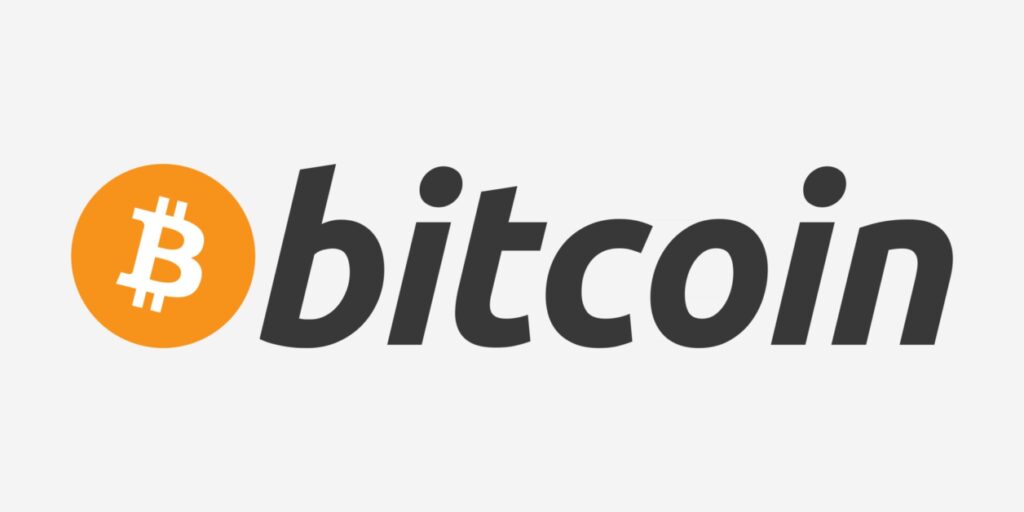In the context of blockchain technology, a layer refers to a specific level of abstraction within the system.
Layer 1, or the base layer, refers to the fundamental infrastructure of a blockchain network. It is responsible for maintaining the ledger of transactions and ensuring the security and integrity of the network. This layer is often referred to as the “consensus layer” because it is responsible for ensuring that all participants in the network agree on the contents of the ledger.
The most common type of layer 1 blockchain is a public, decentralized network like Bitcoin or Ethereum. In these networks, the base layer is maintained by a network of independent nodes that reach consensus on the state of the ledger through a process known as proof of work (PoW). Other types of consensus mechanisms, such as proof of stake (PoS), can also be used at the base layer.
Layer 1 is the foundation upon which higher-level layers, such as layer 2 and beyond, can be built. These layers may offer additional functionality or scalability improvements, but they rely on the underlying security and integrity provided by the base layer.
Some examples of layer 1 blockchain platforms include:
- Bitcoin: Bitcoin is a decentralized digital currency that uses a proof-of-work consensus mechanism to validate transactions and add them to the blockchain.
- Ethereum: Ethereum is a decentralized platform that runs smart contracts, which are self-executing contracts with the terms of the agreement between buyer and seller being directly written into lines of code. Ethereum uses a proof-of-work consensus mechanism, but is transitioning to a proof-of-stake mechanism.
- Hyperledger Fabric: Hyperledger Fabric is an open-source blockchain platform designed for enterprise use cases. It uses a modular architecture and allows users to choose from a variety of consensus mechanisms, including practical byzantine fault tolerance and crash fault tolerance.
- Corda: Corda is a blockchain platform designed specifically for financial applications. It uses a unique consensus mechanism called notary nodes, which are responsible for validating the authenticity of transactions.
These are just a few examples of layer 1 blockchain platforms. There are many other platforms that use different consensus mechanisms and are designed for a variety of use cases.








